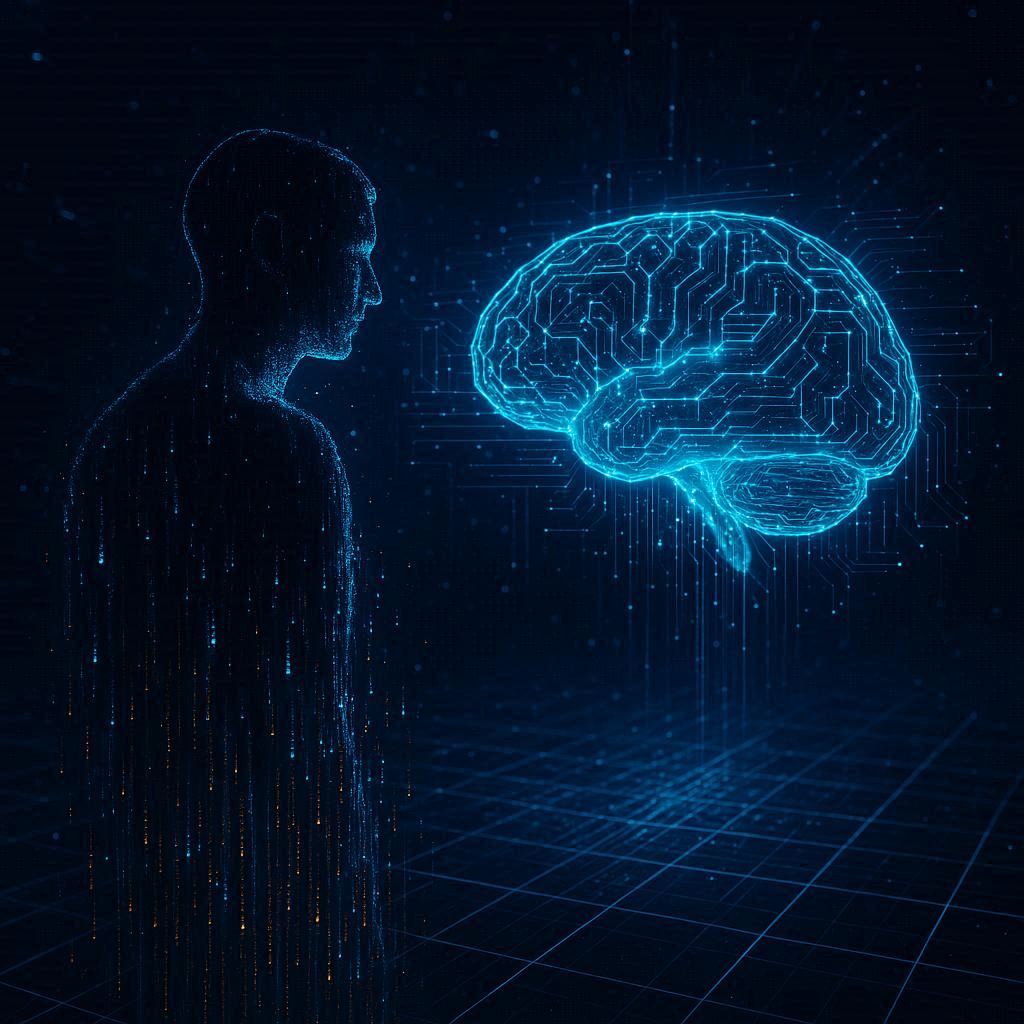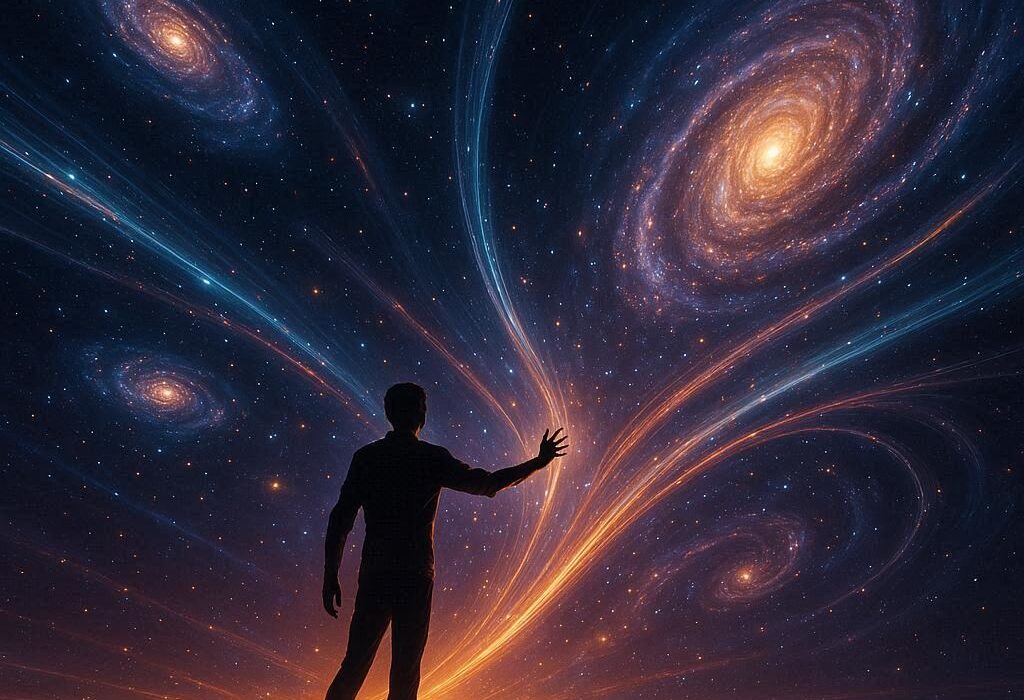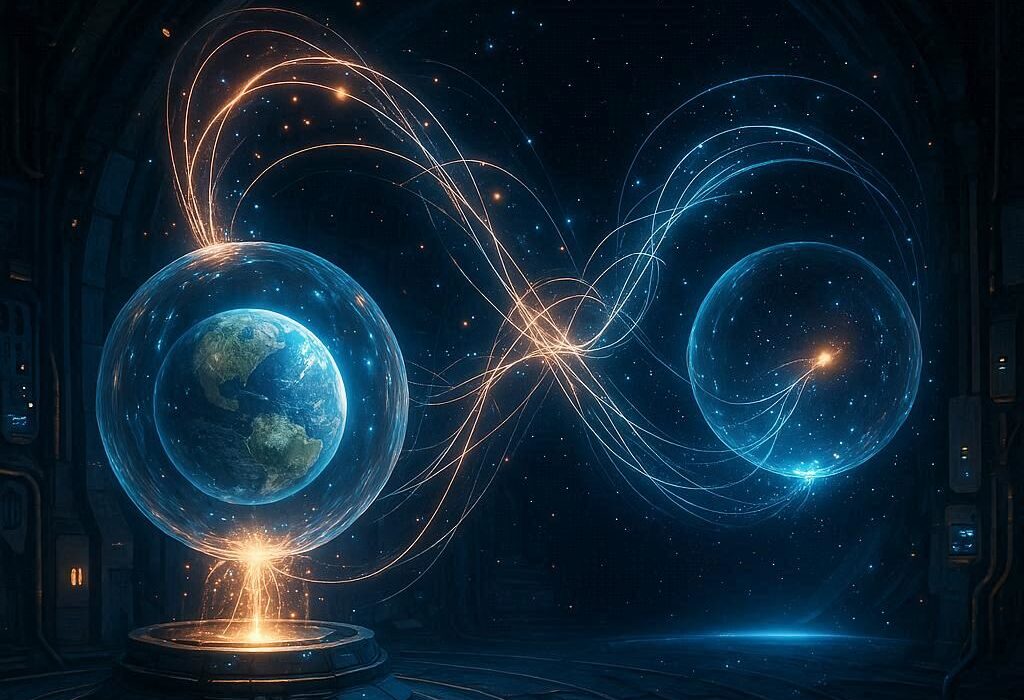From the dawn of human history, we have wrestled with the inevitability of death. Ancient myths spoke of gods granting eternal life, philosophers debated the nature of the soul, and poets mourned the brevity of existence. Yet in the modern era, as technology reshapes our reality, a radical question has emerged: could immortality one day be achieved not through gods or myths, but through machines? Could we, in essence, upload our very minds into computers, transcending the limits of biology to live indefinitely in digital form?
The concept is known as mind uploading, and while it may sound like the stuff of science fiction, serious scientists, neuroscientists, and futurists have dared to consider it. Some even argue that, given enough technological progress, it might not be a question of if, but when. To truly understand the possibilities and challenges, we must explore not just computers and neuroscience, but the deepest mysteries of consciousness, memory, and what it means to be human.
What Does It Mean to Upload a Mind?
At its core, mind uploading refers to transferring the contents of a human mind—memories, personality, consciousness—into a digital medium such as a computer. The ultimate vision is that your thoughts, knowledge, emotions, and sense of self could be recreated or preserved in a non-biological form.
But what exactly is a mind? It is not simply the brain itself, though the brain is its physical substrate. The mind emerges from the brain’s intricate patterns of electrical signals, chemical reactions, and structural networks. With nearly 86 billion neurons connected by trillions of synapses, the brain is the most complex system known in the universe. To upload a mind, one would need to capture not just the hardware of the brain but also the software—the dynamic processes that give rise to consciousness.
The challenge is staggering. Imagine mapping every neuron, every synaptic connection, and every molecular state that shapes memory and thought. Imagine then recreating this network in a computer so that when “activated,” it behaves exactly as your biological brain would. If achieved, the result would be a digital entity that thinks, feels, and experiences the world as you do. But is that truly you—or just a copy? That question lies at the heart of the debate.
The Science Behind the Possibility
Neuroscience has made remarkable progress in mapping the brain’s workings. Technologies such as functional MRI, optogenetics, and connectomics (the mapping of neural connections) are revealing how patterns of activity correspond to behavior and cognition. Scientists have already reconstructed small neural circuits of simple organisms, such as the nematode worm C. elegans, which has only 302 neurons. Its entire connectome has been mapped, and digital simulations of the worm’s behavior have been created.
Scaling this up to the human brain, however, is orders of magnitude more complex. Not only are there billions of neurons, but the strength of synaptic connections constantly changes with experience. Memories are not stored like files in a computer but are distributed across networks of neurons, shaped by subtle changes in synaptic weights. Capturing this living, ever-changing landscape is immensely challenging.
Still, technologies are advancing. High-resolution brain imaging is improving rapidly, artificial intelligence is helping decode neural patterns, and some researchers are experimenting with nanotechnology to one day map the brain from the inside out. The theoretical possibility remains: if we can scan the brain at sufficient resolution and reproduce its processes in a computer, we could recreate the mind.
The Question of Consciousness
But even if we could simulate every neuron and synapse, would the result truly be conscious? This is perhaps the deepest mystery. Consciousness—the subjective experience of being, the “I” that gazes out at the world—remains unexplained. Neuroscience can describe correlates of consciousness, but it cannot yet fully explain why certain patterns of brain activity produce subjective experience.
If consciousness arises purely from physical processes, then a sufficiently accurate simulation should, in principle, be conscious. In that case, uploading the mind might be possible. But if consciousness involves something beyond the material—an irreducible quality of biological life—then a digital copy might only be an empty shell, mimicking thought without inner experience.
This philosophical puzzle is known as the hard problem of consciousness. It forces us to confront what we mean by identity and self. If a digital entity spoke like you, remembered your past, and claimed to be you, would that be enough to say it is you? Or would your true self have died, leaving only a replica? The answer is uncertain, and it shapes whether mind uploading represents immortality or simply duplication.
Pathways Toward Uploading
Several potential approaches have been imagined for achieving mind uploading, each with its own obstacles. One is whole brain emulation, which involves scanning a brain at the finest level of detail and reconstructing its neural network in a computer model. This could require destructive scanning, slicing the brain into ultra-thin sections and analyzing them with electron microscopes. Such a process would preserve the information but destroy the original brain in the process.
Another approach is gradual replacement. In this vision, neurons in the living brain are replaced one by one with artificial equivalents, preserving continuity of consciousness. If successful, the individual would remain alive and self-aware throughout the process, eventually becoming entirely non-biological. This method avoids the problem of creating a separate copy, but the technology to replace neurons with functional artificial counterparts remains far beyond our current capabilities.
A third possibility is brain-computer integration, in which the brain is gradually interfaced with digital systems, enhancing memory, thought, and communication. Over time, the human mind might merge with machines so deeply that it effectively exists in a hybrid digital-biological form. This pathway is already being explored in primitive ways, with brain-computer interfaces that allow paralyzed patients to control robotic limbs or type with their thoughts.
Each pathway carries immense technical, ethical, and philosophical challenges. Yet they represent the spectrum of ways humanity might one day approach the dream of uploading.
The Ethical Labyrinth
Even if mind uploading becomes technically possible, the ethical questions are profound. Who would have access to such technology? Would it be reserved for the wealthy, creating a new digital elite of immortals? Could governments exploit it for surveillance, control, or warfare? Could corporations own copies of minds, using them as digital laborers?
There are also questions of rights and personhood. If a mind is uploaded, is it a legal person with rights, or simply software? Could it own property, vote, or demand freedom? And if multiple copies are made, are they all equally “you,” or does identity fracture into countless branches?
For individuals, the question of mortality becomes blurred. If your mind is uploaded, but your biological body dies, have you survived, or have you merely created a successor? Would you feel continuity of experience, or would it be like falling asleep and never waking, while a duplicate lives on? These questions cut to the core of our understanding of life, death, and selfhood.
The Allure of Digital Immortality
Despite the uncertainties, the allure is undeniable. To imagine mind uploading is to imagine liberation from the frailties of the body. No more aging, disease, or physical limitation. Minds could live in vast virtual worlds, exploring landscapes limited only by imagination. They could inhabit robotic bodies, traveling to distant planets where fragile human flesh could never survive.
Knowledge could be shared instantly between minds, leading to unimaginable collective intelligence. Great thinkers might continue contributing for centuries, their insights never lost. Humanity might transcend its biological limits to become a new kind of species: digital, immortal, unbound.
For some, this vision is exhilarating. For others, it is deeply unsettling. The very things that make us human—our mortality, our embodied experience, our ties to nature—might be lost in translation. In pursuing immortality, we may risk sacrificing what gives life its meaning.
The Barriers Ahead
The road to mind uploading is fraught with obstacles. Technically, our ability to map the human brain at the necessary resolution is still far from adequate. Storing and simulating the data of an entire brain would require computational resources beyond anything we possess today. Ethically, society is unprepared for the questions such technology would unleash. Philosophically, we still lack clarity on what consciousness truly is.
Some neuroscientists argue that mind uploading may never be possible, at least not in the sense of preserving personal identity. Others believe it is inevitable given enough progress in neuroscience, computing, and artificial intelligence. Estimates vary wildly, from within this century to never at all.
Yet history reminds us that what seems impossible today may become reality tomorrow. Flight, space travel, and even mapping the genome once seemed like dreams. The trajectory of technology suggests that mind uploading, however distant, cannot be dismissed outright.
What It Means to Be Human
The idea of uploading minds forces us to reflect on deeper truths about humanity. Are we defined by our biology, or by the information patterns in our brains? If the latter, then perhaps we are already closer to digital beings than we realize, our neurons merely a temporary substrate. If the former, then perhaps immortality is not to be found in computers but in accepting the fleeting, precious nature of life.
Einstein once said that “the distinction between past, present, and future is only a stubbornly persistent illusion.” Mind uploading challenges another illusion: the boundary between biology and technology, flesh and code, mortality and eternity. Whether or not it is ever achieved, the very pursuit reshapes our vision of the future and our place within it.
The Horizon Ahead
As we stand at the threshold of the 21st century’s great scientific frontiers, mind uploading remains one of the most audacious ideas. It is at once a promise of immortality and a mirror held up to our deepest questions. Could we escape death by living as patterns of information? Could consciousness transcend flesh and blood? Or are we chasing a dream that misunderstands the essence of self?
The answers remain uncertain. But the dream persists, and with it, the drive to explore. Perhaps one day, far in the future, a digital mind will reflect on the history of its origins and trace them back to us—the fragile humans who first dared to imagine escaping the limits of mortality. Until then, the question remains alive, whispering at the edge of possibility: could we one day upload our minds to computers?






